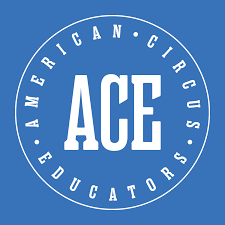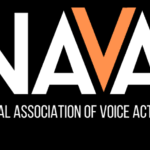There are at least three excellent books on playbuilding: Playbuilding by Errol Bray, Building Plays by Michaels and Tarrington, and Theatre, Dialogue and Community: The Hope is Vital Training Manual by Michael Rohd.
In a nutshell, there are three steps:
I. Building a common skill base and creating a project outline.
III. Filling in the scenes and developing the script.
IV. Troubleshooting/Keeping the faith (rehearsing).
Most of you have your own rehearsal practices and probably have targeted performance skills you/your artist are teaching, but I have learned that the idea of having the kids ‘write the play’ is still daunting. So, I wanted to take a brief look at some scene-making tips.
Remember: KEEP EVERYTHING!!!!!! It can all become part of your hallway display, a project timeline, or part of an assessment portfolio.
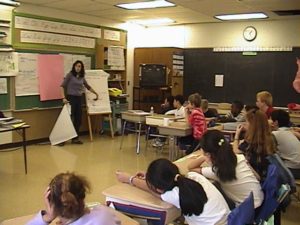 Start with your Outline, which should be slightly filled in with agreed-upon ideas from your Brainstorm page. Have the kids break into groups containing 4, 5, or 6 kids, and have them create a tableaux (frozen picture—great idea to do some exercises with tableaux and faery tales before this) of one of the moments in your outline. Good idea to have them check in with you to avoid too many repetitions, and the groups that choose quickest get first dibs!
Start with your Outline, which should be slightly filled in with agreed-upon ideas from your Brainstorm page. Have the kids break into groups containing 4, 5, or 6 kids, and have them create a tableaux (frozen picture—great idea to do some exercises with tableaux and faery tales before this) of one of the moments in your outline. Good idea to have them check in with you to avoid too many repetitions, and the groups that choose quickest get first dibs!
When they share, remember to ask the audience of other kids, “What did you notice?” and “What else did you notice?” Make sure we can all tell which moment it is, then ask, “How did you know?” Help them notice small frozen gestures, spacing, facial expressions, et cetera that give clues as to emotion, feeling, age, indoor/outdoor, relationships…. I usually ‘notice what I can notice’ silently to myself, then ask something like “How old is this character? A grown up? A teen? Your age? How about this other character? What is different between these two?”
Have them repeat the exercise (with new ‘moments’), and this time, on the second group (or so—judge best) wonder aloud what would happen if you ‘hit the action button’. Then do. You could also wonder aloud what the characters might say if you clicked them ‘on’, or even spontaneously interview them. Works great!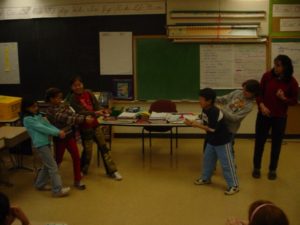
Next have each group choose a scene they saw poses for, and practice bringing it to life—they should write down their ideas (choose a scribe) and can include what each person says. When they perform, I choose scribes to write down what gets said in a scene–I tell the 4th graders that we are dialogue catching and assign one child as a scribe for each actor. That child writes as best s/he can, what their actor says. If they can’t catch it all, the actor goes up to the scribe at the end and they discuss it and work it out together. Occasionally, I 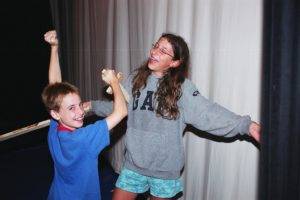 encourage them to add, but usually it is best just to keep moving. Having scribes is helpful to the group for all kinds of reasons: it’s “group binder”; it helps maintain focus; it is good practice in really listening to and writing actual speech patterns etc(most people do not start out writing they way people really talk); it is fun literacy practice.
encourage them to add, but usually it is best just to keep moving. Having scribes is helpful to the group for all kinds of reasons: it’s “group binder”; it helps maintain focus; it is good practice in really listening to and writing actual speech patterns etc(most people do not start out writing they way people really talk); it is fun literacy practice.
These first scene bits will be skinny—don’t worry. Think of the skinny scenes as prewriting or “toe in the cold water”. Playwrighting is scary FOR EVERYONE. Grow them from there with some guided improv or some supportive writing structures of your own!

